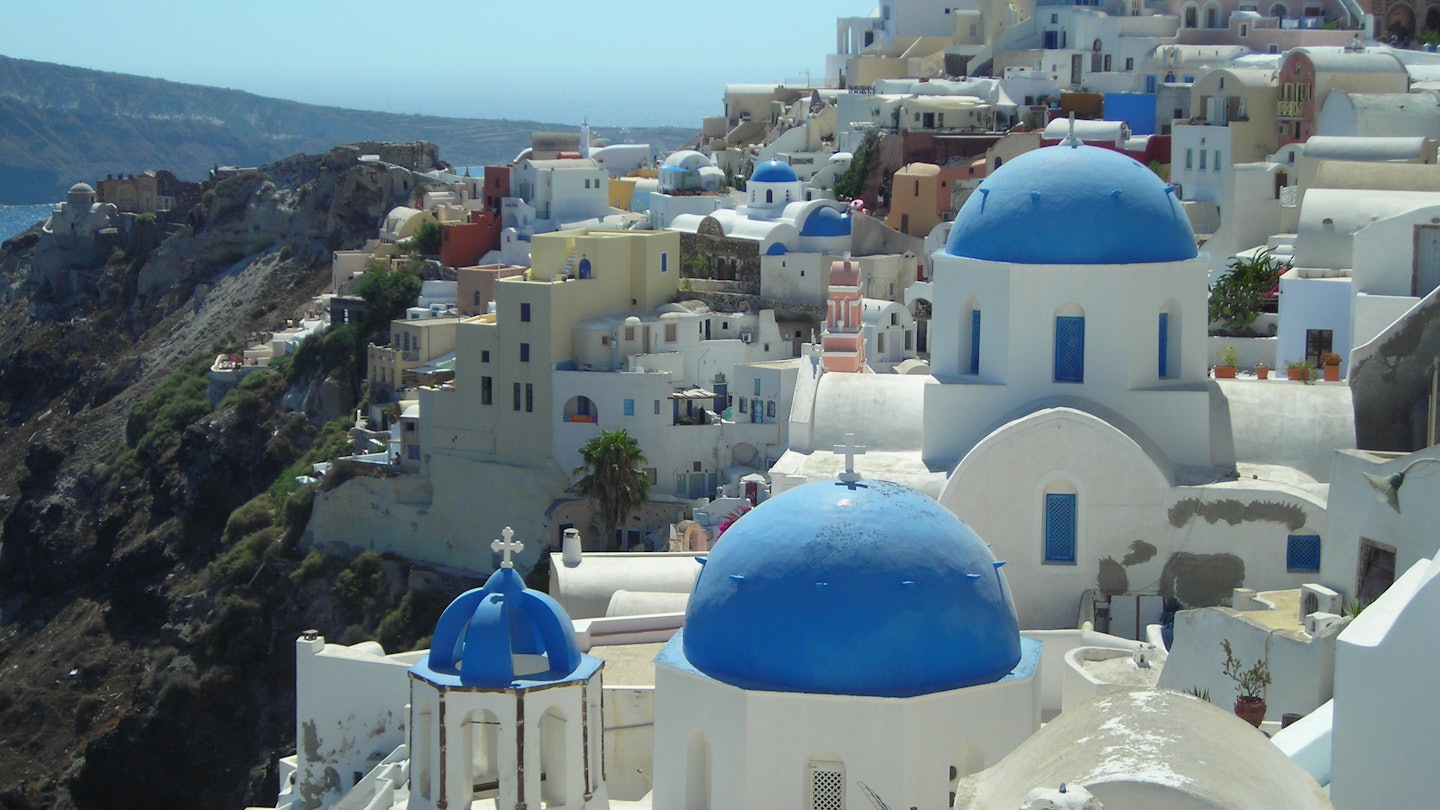
Greece is reopening in June, but not to American travelers – yet © alliesun98 /Budget Travel
For decades, Americans have enjoyed some of the most powerful passports in the world, and the ability to travel to a wide range of countries with few visa restrictions. But as more countries around the world flatten the curve on their COVID-19 infection rates – or eliminate the coronavirus entirely – US citizens may suddenly find they're not as welcome as before the pandemic.
Many countries around the world have issued blanket travel bans that keep citizens at home and non-essential travelers out. And over a dozen have been more specific, denying entry to visitors from countries including the United States, depending on the efficacy of those nations' response to the pandemic and their rates of infection.
Even when those travel bans or restrictions have been lifted, many countries are also implementing lengthy quarantine periods that may be longer than the vacation you were hoping to plan, as well as curfews and permits that can put a crimp on carefree fun.
Before you start planning your next trip, check this list of countries imposing restrictions on US travelers, before you get your heart set on a destination that's still off-limits or impractical.
This article was most recently updated July 30, 2020.

Albania
While Albania doesn't explicitly ban Americans, and while commercial flights restarted on June 15, only EU residents are allowed to board outbound flights from Albania. The land borders are open as well, but the US Embassy notes that some countries surrounding Albania (such as Greece) have restrictions on visitors from the United States, so if you're thinking about using Albania as a loop-hole entry point, think again. As per the embassy, routine U.S. Citizen services and visa operations are temporarily suspended.
Argentina
Argentina first announced on March 15 that flights from the United States and Europe would be suspended, before implementing one of the strictest travel bans in the western hemisphere in April, which bans all commercial flights and ticket sales until September 1.
Australia
Only Australian citizens and residents are allowed to travel to Australia, as well as New Zealanders who are Australian residents. Even then, anyone arriving from outside island must quarantine for fourteen days on arrival, and overseas flights are heavily restricted. Cruises ships are banned, as well. In effect, international borders remain closed and will for some months to come.
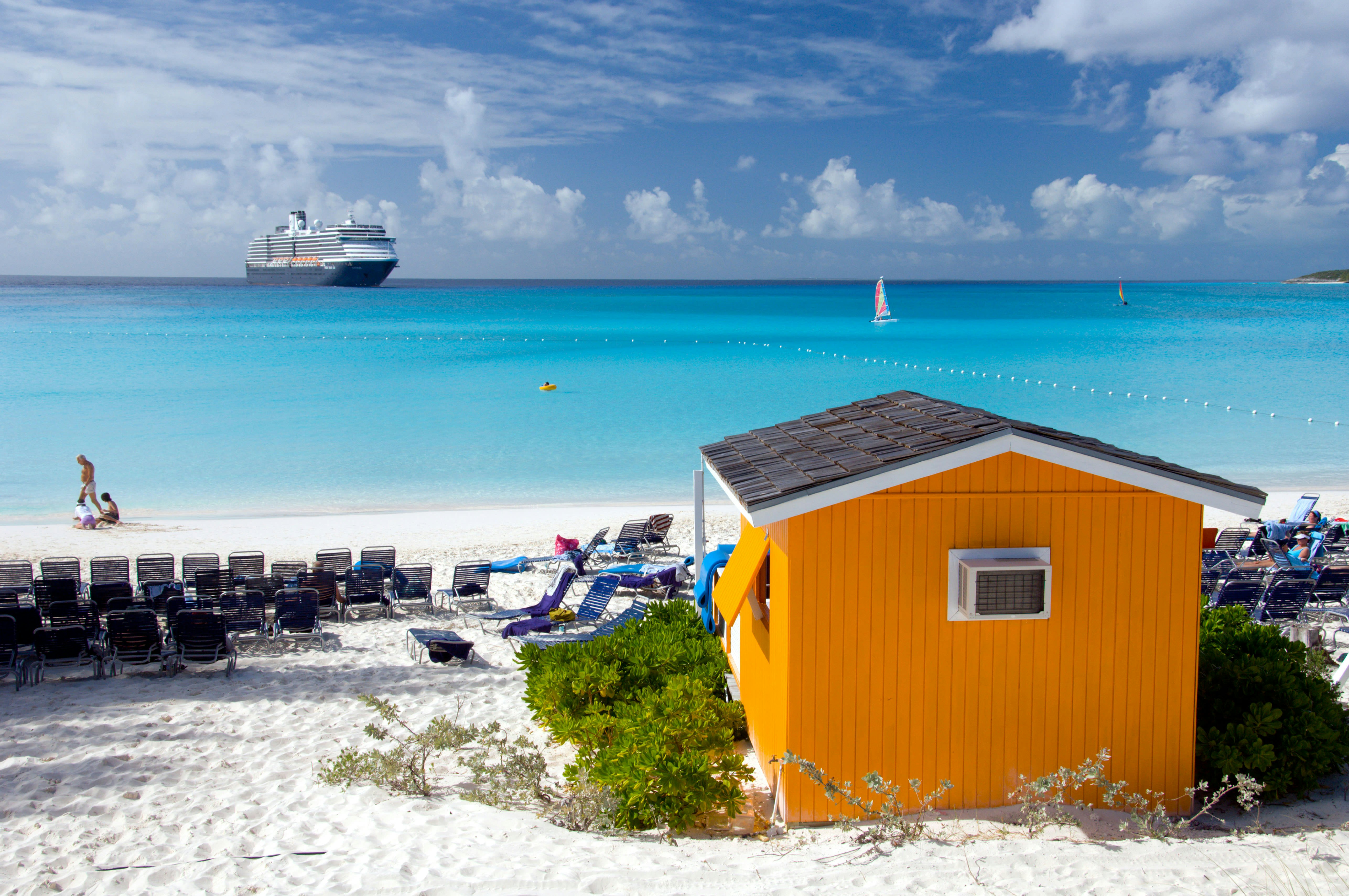
The Bahamas
As of July 22nd at midnight, the international border to Grand Bahama closed for two weeks, along with domestic borders effective the day prior. US citizens were urged to depart Grand Bahama immediate, as "the U.S. Embassy does not anticipate providing repatriation flights." Outside of Grand Bahama, all inbound commercial flights from the US ceased July 22nd nationwide until further notice.
The Bahamas is only accepting flights from Canada, the UK, and the European Union. US citizens arriving on private aircraft or water vessels may still enter only if they complete and submit a Travel Health Visa Application prior to travel, present a negative molecular COVID-19 test result, and possess a valid passport.
Botswana
As of June 16, Botswana has issued a blanket entry ban on anyone but residents of Batswana and Botswana, including visitors from the United States. There are no commercial flights available, and even the Kazungula Ferry to Zambia and travel via South Africa are heavily restricted. Effective March 23, 2020, U.S. Embassy Gaborone has suspended routine consular services.
Cambodia
Cambodia has lifted its ban on entry by non-resident foreigners from certain countries, including the hard-hit European countries of France, Germany, Italy, and Spain, as well as Iran and the United States, that was issued on March 30. Now travelers from any country must arrive with a negative COVID-19 test certificate, be tested again on arrival, quarantine for 14 days regardless of those results, and have at least $50,000 in medical insurance coverage, as well as make a $3,000 coronavirus deposit.
Canada
On July 16, the United States and Canada agreed to extend the temporary restrictions on all non-essential travel across their borders for another 30 days. In addition to that blanket ban on American entry, individual provinces have their own entry and exit protocols in place.
China
Since March, China has banned foreign nationals, including Americans. It has also banned land border traffic with Russia, and any entry by non-Hong Kong residents from overseas countries to the special administrative region.
Costa Rica
Costa Rica, which closed its borders on March 18th, recently announced a plan to reopen to commercial flights arriving from select countries starting August 1st. Those countries include Germany, Austria, Belgium, Canada, Denmark, Slovakia, Slovenia, Spain, Estonia, Finland, France, Greece, Hungary, Iceland, Italy, Lithuania, Liechtenstein, Latvia, Luxembourg, Malta, Norway, Netherlands, Poland, Portugal, United Kingdom, Czech Republic, Sweden, Switzerland. They do not, however, include the United States.
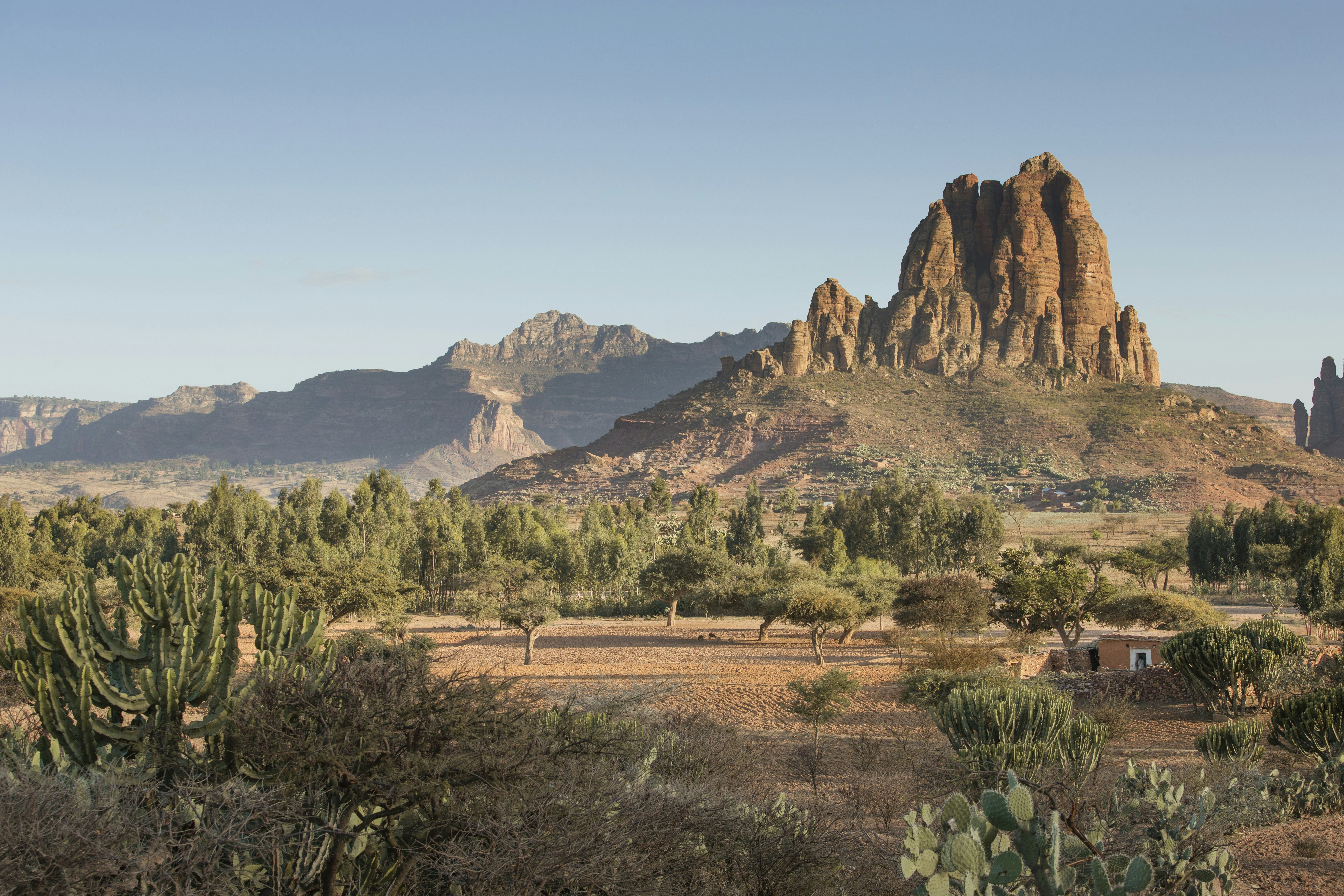
Ethiopia
Border crossings by land were closed as of March 23 and remain so until further notice. All airline passengers arriving in Ethiopia are subject to mandatory quarantine at their own expense in the Ethiopian Skylight Hotel for two weeks, or until their connecting flight out of Bole Internatioanl Airport.
The European Union
As of June 30th, the European Union started to soften some of its travel restrictions, lifting entry bans for visitors from countries like Canada, Japan, Georgia, Montenegro, Morocco, New Zealand, South Korea, and Rwanda. The EU didn't explicitly ban the United States, but rather left them out of the newly permitted "third countries" and noted that visitors from countries whose number of new COVID-19 cases in the prior two weeks was not equal to or below that of the EU wouldn't be allowed in. As long as that's true of the United States, Americans are grounded.
Countries in the EU include Austria, Belgium, Bulgaria, Croatia, Cyprus, the Czech Republic, Denmark, Estonia, Finland, France, Germany, Greece, Hungary, Ireland, Italy, Latvia, Lithuania, Luxembourg, Malta, the Netherlands, Poland, Portugal, Romania, Slovakia, Slovenia, Spain, and Sweden.
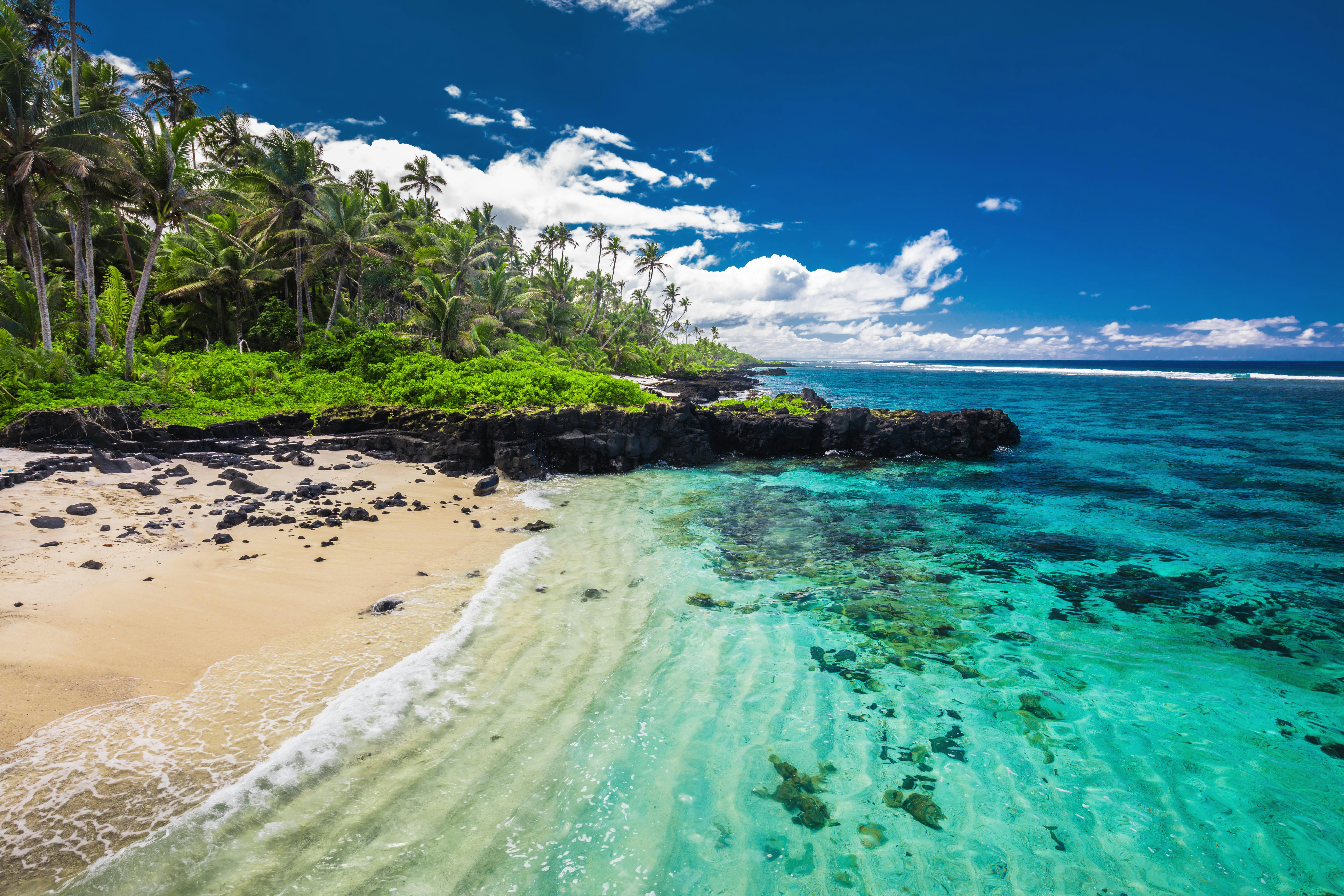
Fiji
Fiji has specifically closed its borders to Americans, as well as any travelers who have visited the United States, Europe, China, Italy, Iran, South Korea, or Spain within 14 days of their intended travel to Fiji. Cruise ships are also currently banned from ports of call.
Ghana
As of May 31st, Ghana's land, air, and sea borders are all closed and international commercial flights suspended. Sporting events, festivals, night clubs, bars, beaches, and cinemas are all closed until July 31st.
Grenada
On March 21, Grenada specifically banned travelers from the United States, noting that high rates of COVID-19 in New York City, where a large community of the Caribbean diaspora resides, were cause for concern. There is currently no date set for when commercial passenger flights between the US and Grenada will resume. US citizens who arrive by water or via other eastern Caribbean countries are subject to COVID testing and quarantine.
Guatemala
As of July 20th, Guatemala continues to operate under a nationwide State of Calamity until August 5th and a State of Siege in three Sololá Municipalities. The borders are closed to non-Guatemalans and all commercial flights are suspended.

Japan
Not only did Japan ban foreign entry back in April, it refused re-entry to non-Japanese citizens, including permanent residents and spouses of Japanese nationals, who left early in the pandemic but later hoped to return. In June, Japan moved to soften restrictions on some nearby countries, including Thailand and Australia, but specified that Americans, Europeans, and travelers from most other Asian countries would continue to be denied entry.
Jamaica
All travelers to Jamaica arriving from high-risk destinations must apply for a Travel Authorization through the Jamaica Tourist Board, as well as provide negative COVID-19 results via a PCR test taken within a week prior to arrival, and go through a health screening on arrival. The United States isn't considered a high-risk destination as a whole as of July 10th, but individual states are, including Arizona, Florida, New York, and Texas.
Jordan
Jordan announced at the end of July that it would be reopening to certain countries on August 5th, including Austria, Canada, China, Cyprus, Denmark, Estonia, Georgia, Germany, Greenland, Iceland, Ireland, Italy, Latvia, Lithuania, Malaysia, Malta, Monaco, New Zealand, Norway, Switzerland, Taiwan and Thailand. The United States, however, is not included in that initial roster, though the Health Ministry says it will be updating the list every two weeks.
Mexico
As with Canada, Mexico and the United States collectively agreed to extend restrictions on border crossings between their countries until at least August 20th.
New Zealand
The New Zealand border is closed entirely, by air and sea, to all travelers except for a narrow list of exceptions that mostly include diplomats, spouses, Australians, and Tonga citizens under extremely specific circumstances.
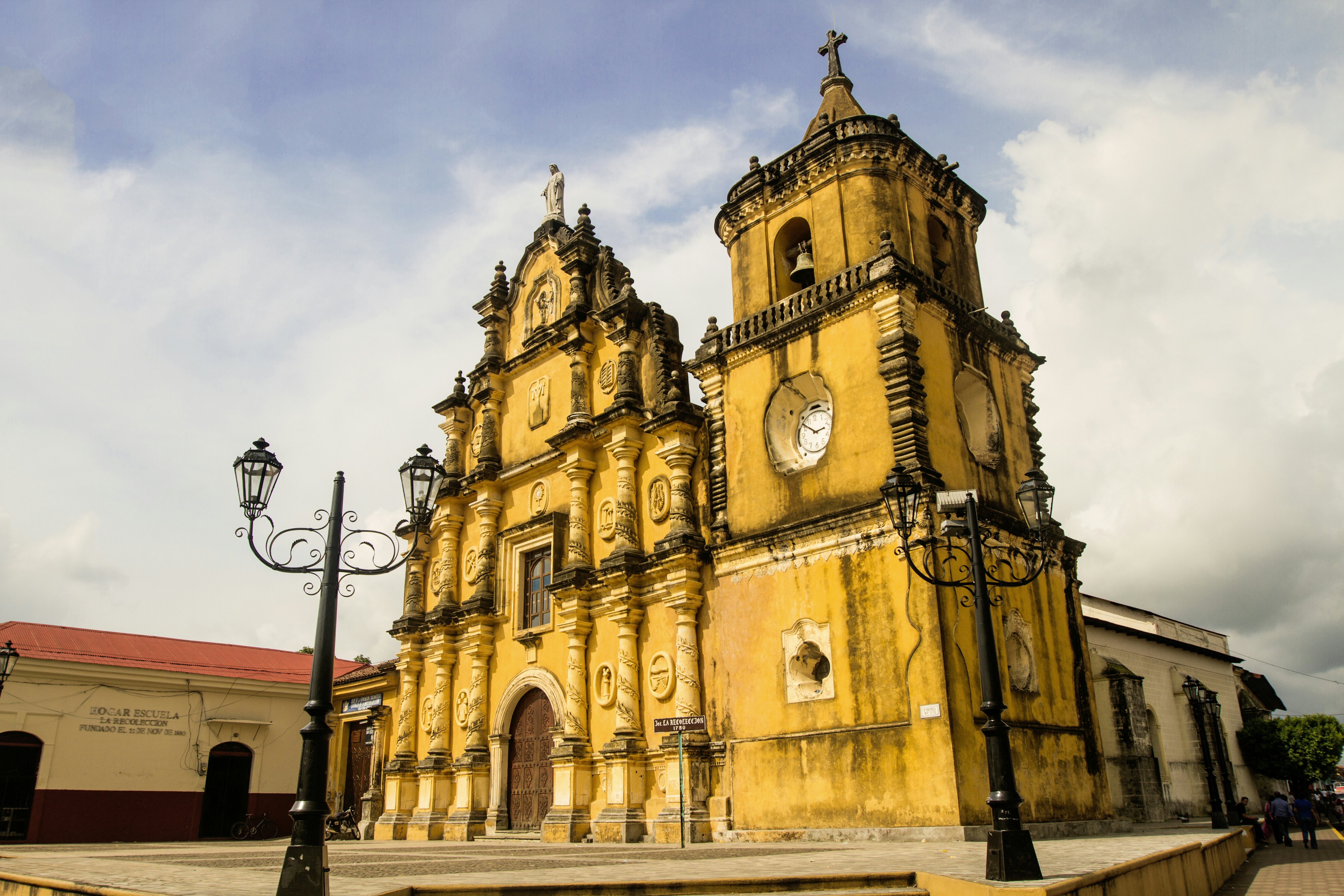
Nicaragua
Nicuragua's current regulations are somewhat confusing, as the US Embassy notes that "while the Nicaraguan government has not officially imposed any restrictions as a result of the worldwide outbreak, borders and airports are effectively closed." If you do arrive in Nicaragua from a country that has been "significantly affected by COVID-19," such as the United States, you will be required to show proof of negative COVID-19 test results.
Samoa
Samoa has a limited ban on any travelers who two weeks prior to arriving in the US were in China, Hong Kong, Macau, or Iran and are now seeking entry to Samoa. Cruise ships are banned until further notice. All travelers requesting entry must complete a Special Health Declaration form and go through health screening at any port of entry.
South Africa
Americans are effectively banned from traveling to South Africa thanks to several provisions. One, issued March 28th, suspended the visa on arrival option for travelers from the US, and any previously issued visas were revoked. Even when commercial flights resume, South African officials advise that you should not book travel until speaking with the South African Embassy or Consulate to get the latest information on entry restrictions.
Tonga
Tonga issued entry restrictions for international travelers who reside in or have recently been in the United States, as well as dozens of other countries. Those restrictions include a mandatory quarantine of at least 14 days "in a country free of coronavirus prior to entering Tonga."
The United Kingdom
On July 3, the United Kingdom removed the mandatory quarantine requirement for visitors traveling from dozens of countries – but not the United States. Americans remain on "red light" status, indicating the country they are traveling from is high-risk.
You may also like:
The world’s message to US travelers: go home
Traveling right now is a personal choice: here's why I didn't go
11 US hotels that make social distancing fresh and fun




